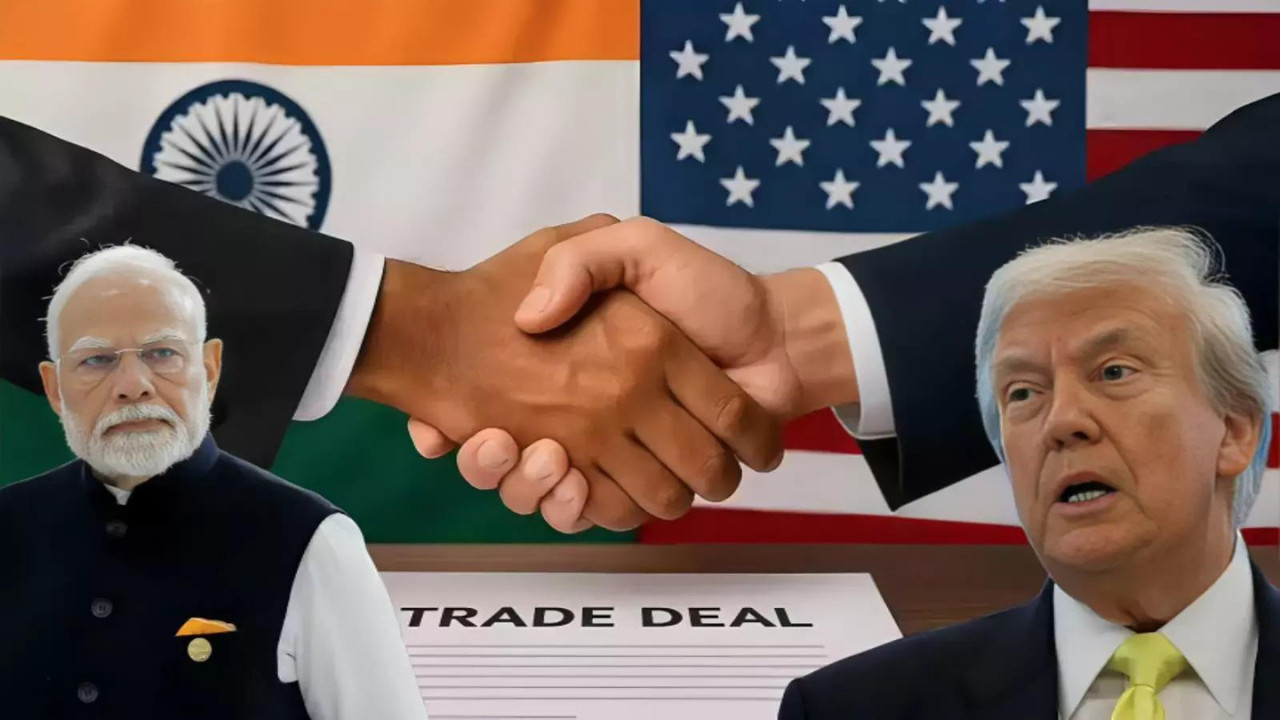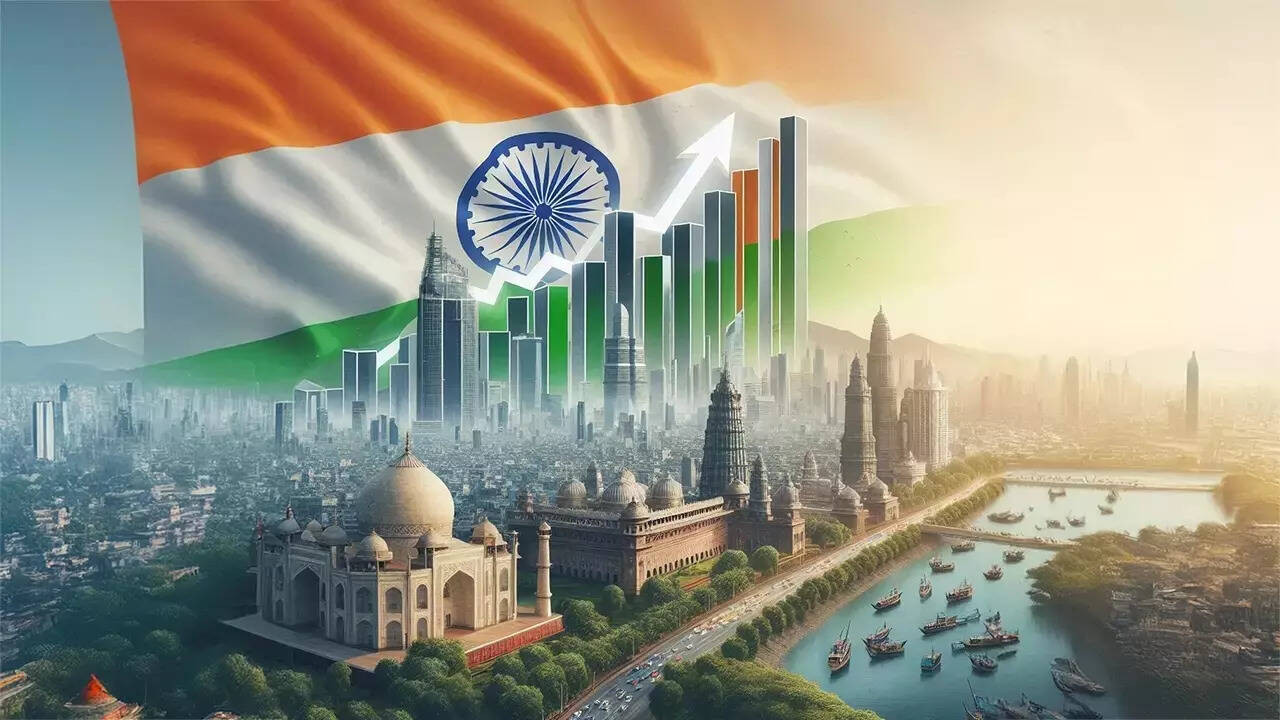The Nuclear Club: Where Does India Really Stand? (And Why Should We Care?)
Okay, let’s talk nuclear. It’s not exactly beach-read material, I know. But in a world that feels increasingly… well, unpredictable, understanding the global nuclear landscape is more important than ever. Forget the dry statistics and treaty jargon; let’s dive into the fascinating, and frankly, slightly terrifying world of nuclear arsenals and see where India fits into the picture.
You’ve probably heard the big names bandied about: US, Russia, China. They’re the heavy hitters, the players who’ve been in this game the longest. But the world isn’t black and white, and the nuclear club is far more nuanced than you might think. It’s not just about who has the biggest stockpile; it’s about strategy, geopolitical influence, and a constant game of cat and mouse played out on the world stage.
Let’s start with the elephants in the room: Russia and the United States. They’re still holding the lion’s share of the global nuclear warheads, a legacy of the Cold War arms race. We’re talking thousands. Think of it as a heavily guarded relic of a bygone era, except this relic has the potential to wipe us all out. They are the undisputed leaders when it comes to total warhead count, a position that carries both immense power and staggering responsibility.
Then comes China. For a long time, China has maintained a policy of “minimum deterrence,” meaning they aimed to have just enough nuclear weapons to credibly deter an attack. But whispers are growing louder – and satellite images are more convincing – that China is rapidly expanding its nuclear arsenal. They’re not just playing catch-up; they seem to be actively reshaping the game. This shift adds a new layer of complexity to the global power balance and definitely gives strategic thinkers in Washington and Delhi (and everywhere else, really) plenty to chew on.
Now, let’s talk about India. The piece that sparked this whole conversation put India ahead of Pakistan in the nuclear pecking order. But to what extent? While the exact figures are closely guarded secrets (as you might imagine), estimations put India’s nuclear arsenal in the region of 160-170 warheads. That’s significant. India’s nuclear program emerged in response to regional security concerns, primarily related to its relationship with Pakistan and, increasingly, a rising China.
India has committed to a “no first use” policy, a pledge to only use nuclear weapons in retaliation to a nuclear attack. This is a crucial distinction, highlighting India’s commitment to responsible nuclear stewardship. While some analysts debate the effectiveness and credibility of “no first use,” it reflects a broader strategic calculation and a desire to maintain a certain moral high ground.
And then there’s Pakistan. Situated geographically and strategically in a tense neighborhood, Pakistan developed its nuclear arsenal primarily to deter India. Estimates put Pakistan’s warhead count roughly in the same ballpark as India’s, maybe even slightly higher. The ongoing tension between the two countries is a constant worry for international observers, as the risk of escalation, however unlikely, remains a real concern. The border skirmishes, the political rhetoric – it all contributes to a volatile situation that needs careful management.
What about the other players? The UK and France both maintain smaller but sophisticated nuclear arsenals, reflecting their historical role as major powers and their commitment to NATO’s nuclear deterrent. They are highly secretive, but also publicly commited to using their arsenals to defend Western Allies. They are still major forces on the world stage, even with their smaller relative arsenals.
Then you have Israel. Israel maintains a policy of “nuclear ambiguity,” neither confirming nor denying the existence of its nuclear weapons. This strategy, while controversial, is rooted in a complex geopolitical context. The simple existence of the arsenal acts as a silent deterrant, and the policy of “ambiguity” is a tactic to prevent enemies from forming strategic advantages.
So, where does this leave us? The nuclear landscape is evolving. The old Cold War dynamics are being replaced by a more multipolar world, where regional powers are playing an increasingly important role. India’s nuclear capability is a significant factor in this new equation. It’s not just about numbers; it’s about strategic thinking, technological advancement, and the responsible use of power.
India’s rise as a global power is intertwined with its nuclear status. But with that power comes responsibility. As India navigates this complex landscape, it’s crucial to maintain its commitment to non-proliferation and responsible nuclear stewardship. The stakes are simply too high. And while the world may feel unstable, responsible leadership can help stabilize this new, dangerous landscape.







